Chiang Mai Attractions: A Guide to the Best Sights and Activities
Chiang Mai is a vibrant city located in northern Thailand that offers a wide range of attractions for tourists from all over the world. From ancient temples to bustling markets, there is no shortage of things to do in this charming city.
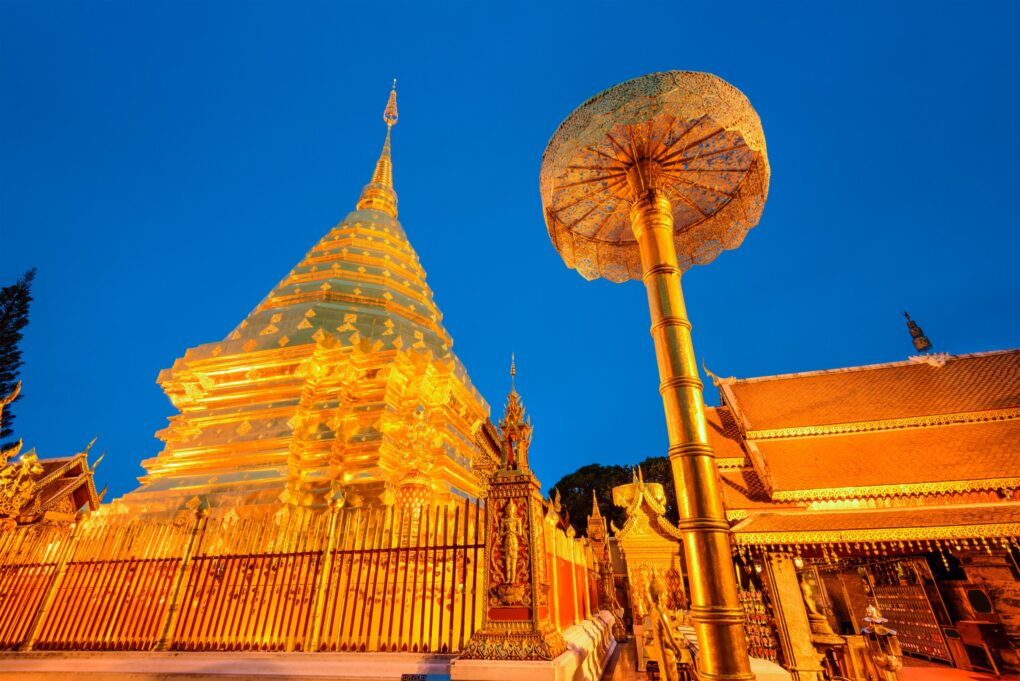

One of the most popular attractions in Chiang Mai is the Wat Phra That Doi Suthep temple, which is located on a mountaintop and boasts stunning views of the city. The temple is known for its intricate architecture and ornate decorations and is considered to be one of the most important religious sites in Thailand. Visitors can climb the 309 steps to the temple or take a cable car for a more leisurely journey.
Another must-see attraction in Chiang Mai is the Sunday Walking Street Market, which stretches for nearly one kilometer and features a variety of handmade gifts, local food, and live music. This bustling market is a great place to experience the local culture and pick up some unique souvenirs. Other popular attractions in Chiang Mai include the Night Bazaar, the Chiang Mai Zoo, and the Chiang Mai National Museum.
Table of Contents
Historical Temples
Chiang Mai is home to many historical temples that showcase the city’s rich cultural heritage. These temples are not only religious sites but also popular tourist attractions that offer visitors a glimpse into the city’s past. Here are some of the most famous historical temples in Chiang Mai:
Wat Phra That Doi Suthep
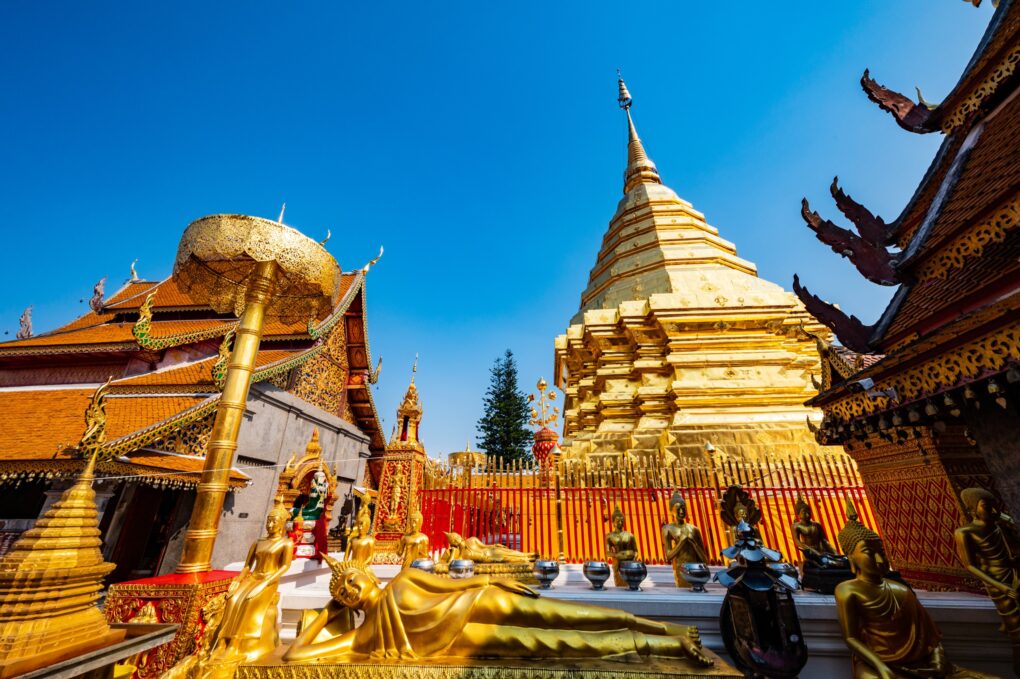

Wat Phra That Doi Suthep is one of the most famous and important temples in Chiang Mai. According to legend, the temple was built on the top of Doi Suthep Mountain in 1383 to enshrine Buddha’s relics. Visitors to the temple must climb a steep staircase with 309 steps to reach the top. The temple is adorned with intricate carvings, murals, and a stunning golden chedi. From the top of the temple, visitors can enjoy panoramic views of the city.
Wat Chedi Luang
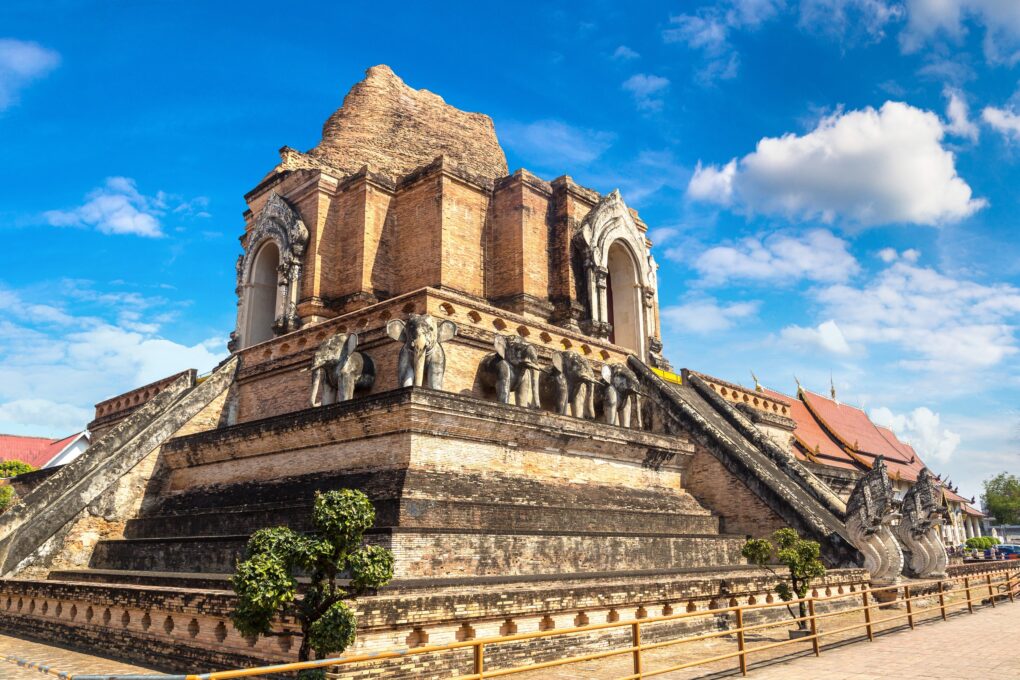

Wat Chedi Luang is an ancient temple located in the heart of Chiang Mai’s old city. The temple was built in the 14th century and was once home to the Emerald Buddha, one of Thailand’s most sacred objects. The temple’s towering chedi was originally 80 meters tall, but it was partially destroyed in an earthquake in the 16th century. Today, visitors can still see the remains of the chedi and explore the temple’s beautiful grounds.
Wat Phra Sing
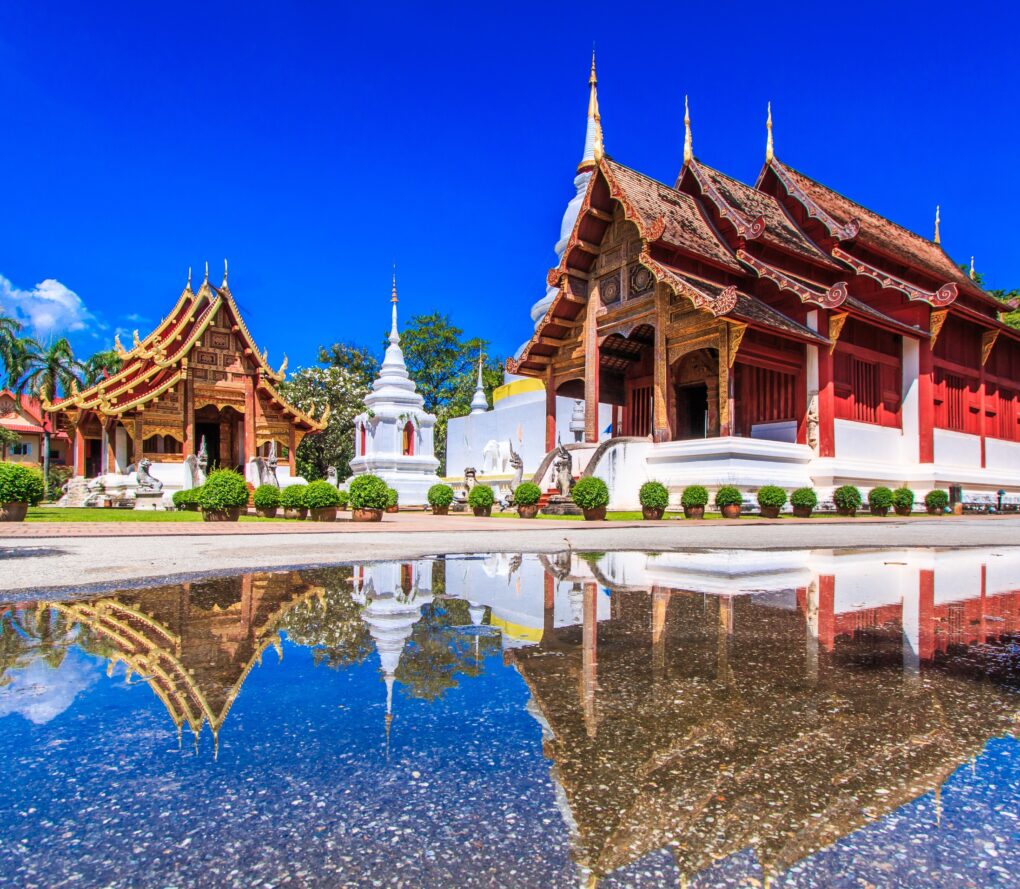

Wat Phra Sing is one of the most important Buddhist temples in Chiang Mai. The temple was built in the 14th century and is home to a beautiful Buddha statue that is said to have been brought to Chiang Mai from Sri Lanka. The temple’s main hall is adorned with intricate wood carvings and murals that depict scenes from the life of Buddha. Visitors can also explore the temple’s peaceful gardens and take part in meditation sessions.
Wat Chiang Man
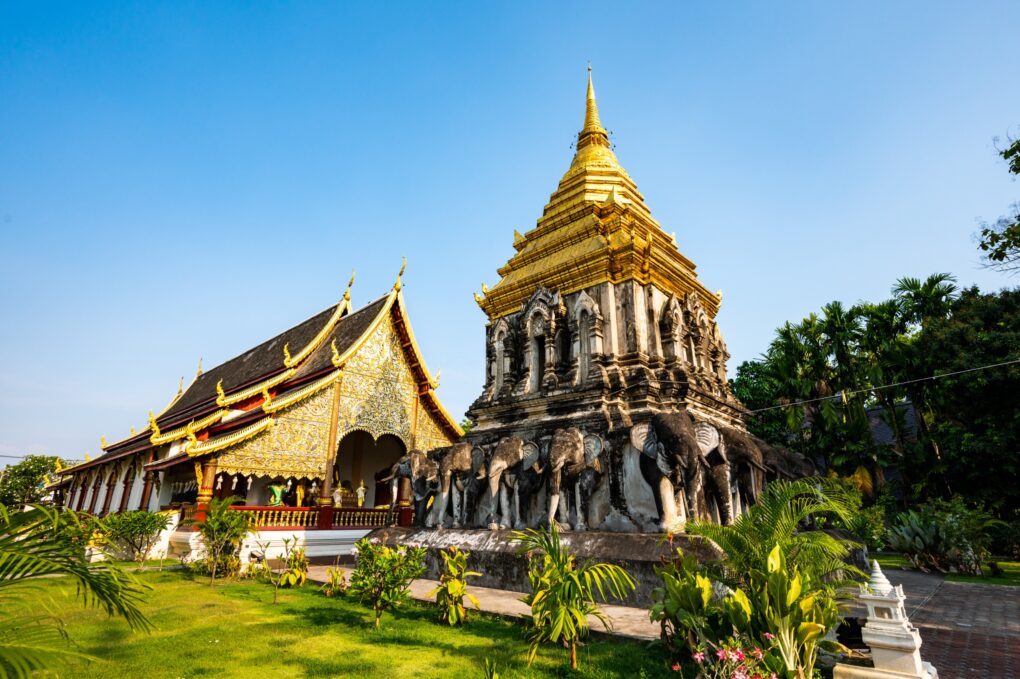

Wat Chiang Man is the oldest temple in Chiang Mai and is located in the city’s walled old town. The temple was built in the 13th century and is home to two beautiful Buddha statues that are said to be the oldest in Chiang Mai. The temple’s grounds are also home to a number of ancient pagodas and beautiful gardens.
These historical temples are just a few of the many beautiful and culturally significant sites that can be found in Chiang Mai. Visitors to the city should take the time to explore these temples and learn more about the city’s rich history and culture.
Markets and Shopping
Chiang Mai is a shopper’s paradise, with a wide variety of markets and shops selling everything from traditional handicrafts to modern fashion and electronics. Here are some of the best places to shop in Chiang Mai.
Night Bazaar
The Night Bazaar is one of the most popular markets in Chiang Mai, attracting both locals and tourists alike. Located in the heart of the city, the Night Bazaar offers a wide range of products, from souvenirs and antiques to clothing and accessories. It is open every night from 6 pm to midnight and is a great place to shop for bargains.
Sunday Walking Street Market
The Sunday Walking Street Market is another popular market in Chiang Mai. As the name suggests, it takes place on Sunday evenings and stretches along the entire length of Ratchadamnoen Road in the old city. The market is famous for its handicrafts, which are made by local artisans. Visitors can also find a variety of street food and snacks at the market.
Warorot Market
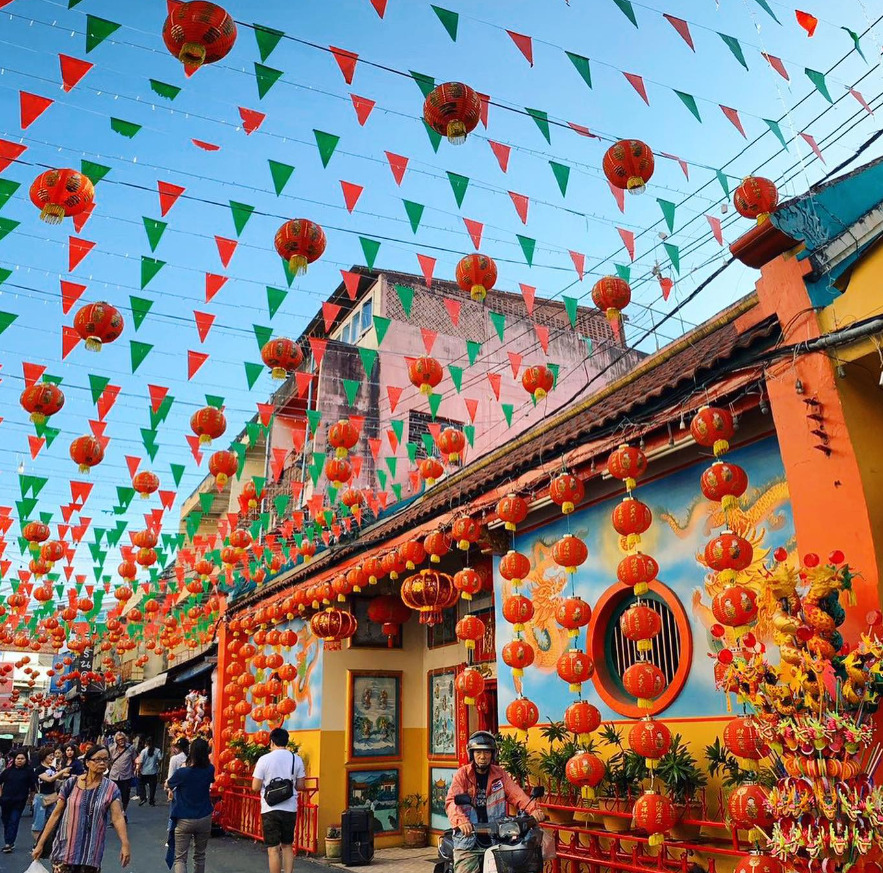

Warorot Market is a large indoor market located near the Ping River in Chiang Mai. It is a great place to shop for fresh produce, including fruits and vegetables, as well as traditional Thai snacks and sweets. Visitors can also find a variety of handicrafts, textiles, and souvenirs at the market.
Outdoor Activities
Chiang Mai is a paradise for outdoor enthusiasts, with a plethora of activities to choose from. Whether you’re looking for a leisurely hike or an adrenaline-pumping adventure, there’s something for everyone. Here are some of the top outdoor activities to try in Chiang Mai:
Doi Inthanon National Park
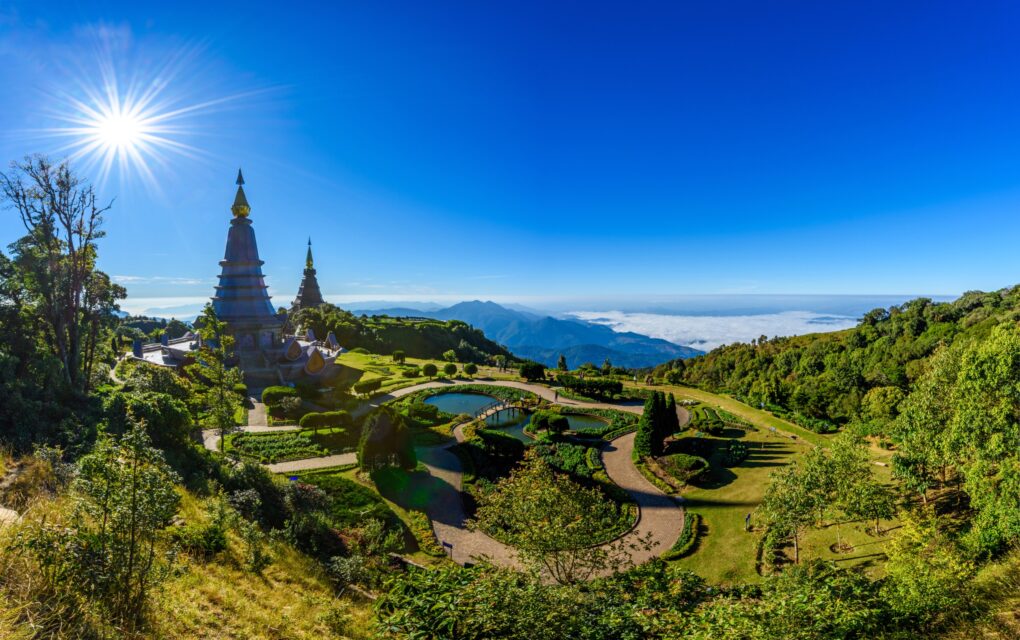

Doi Inthanon National Park is a must-visit destination for nature lovers. The park, which is located about 60 km from Chiang Mai, is home to Thailand’s highest peak, Doi Inthanon. Visitors can hike to the summit and take in breathtaking views of the surrounding mountains and valleys. The park is also home to several waterfalls, including the stunning Wachirathan Falls and Mae Klang Falls. Birdwatchers will be delighted to know that the park is home to over 300 species of birds, including the rare Green-tailed Sunbird.
Elephant Nature Park
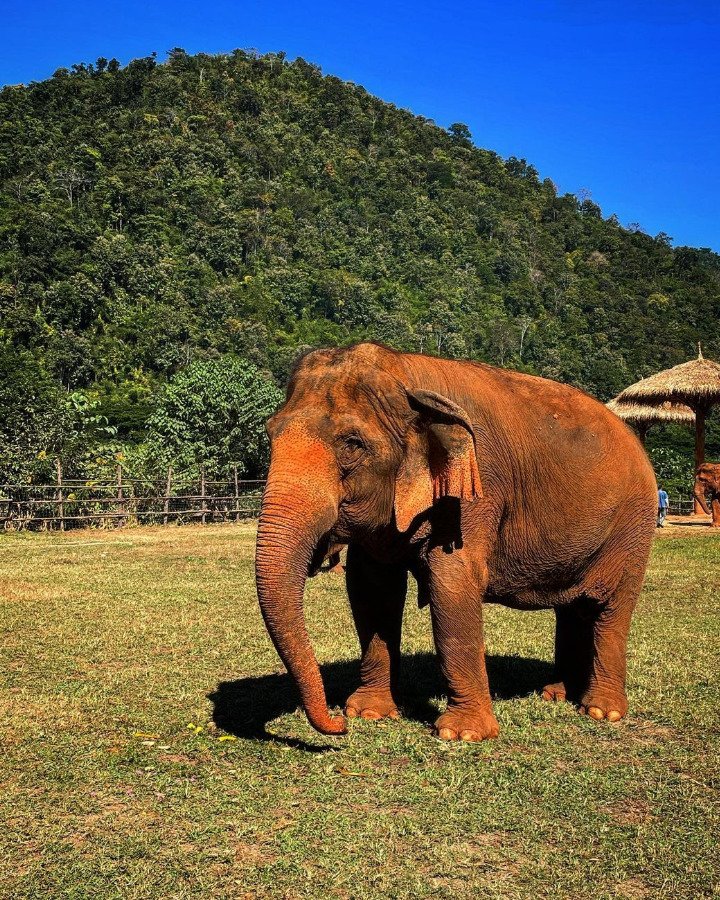

For a more ethical and humane elephant experience, Elephant Nature Park is a sanctuary that rescues and rehabilitates elephants from the tourism and logging industries. Visitors can observe the elephants in their natural habitat and learn about their behaviors and interactions with each other. The park also offers opportunities to feed and bathe the elephants, as well as interact with other rescued animals, such as dogs and cats.
Trekking in the Mountains
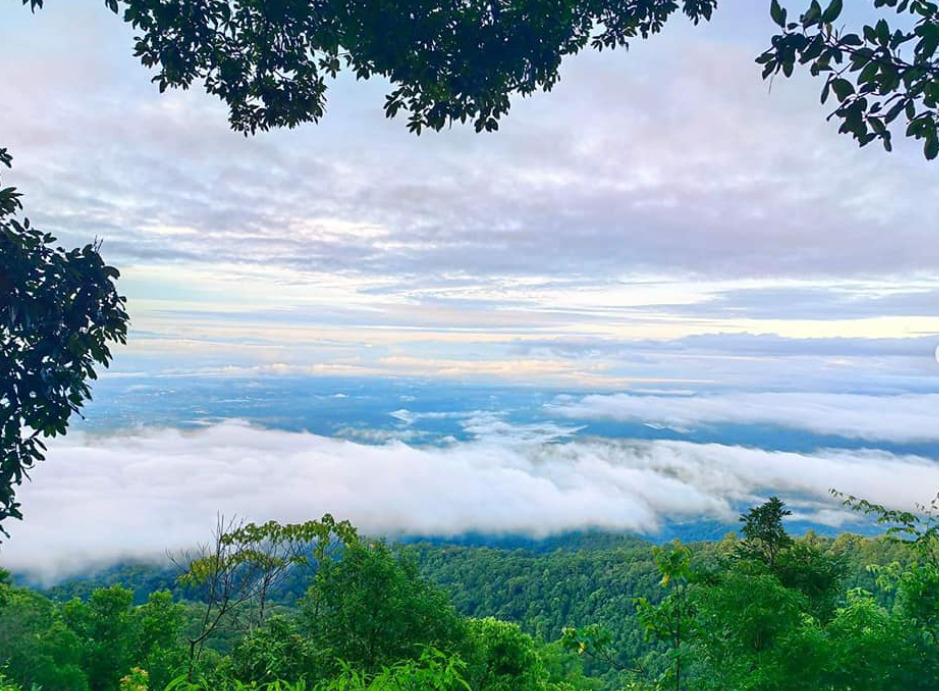

Chiang Mai is surrounded by mountains and is an ideal destination for trekking enthusiasts. Trekking tours range from half-day to multi-day excursions and can include visits to hill tribe villages, waterfalls, and scenic viewpoints. Some popular trekking routes include Doi Suthep-Pui National Park, Mae Sa Valley, and the Chiang Dao Wildlife Sanctuary.
Local Cuisine
Chiang Mai is known for its delicious local cuisine, which is a blend of Thai and Lanna influences. From street food to cooking classes, there are plenty of opportunities to experience the unique flavors of the region.
Street Food
Chiang Mai is a street food paradise, with food stalls lining the streets and alleys of the city. Visitors can try a variety of dishes, including the famous khao soi, a curry noodle soup that is a must-try. Other popular street food dishes include grilled meats, fried rice, and coconut-based desserts.
Thai Cooking Classes
For those who want to learn how to make authentic Thai dishes, there are plenty of cooking classes available in Chiang Mai. These classes offer a hands-on experience, where participants can learn how to prepare dishes like green curry, pad thai, and mango sticky rice. Some classes even include a visit to a local market to purchase ingredients.
Coffee and Tea
Chiang Mai is also known for its coffee and tea culture. Visitors can enjoy a cup of locally grown and roasted coffee at one of the many cafes in the city. For tea lovers, there are also plenty of options, including traditional Thai tea and herbal teas made from local ingredients.
Cultural Insights
Lanna Kingdom History
Chiang Mai has a rich cultural history as the former capital of the Lanna Kingdom. The Lanna Kingdom was an independent state in Southeast Asia that existed from the 13th to the 18th centuries. Its capital was Chiang Mai, and the city still retains much of its historic charm. Visitors can learn about the Lanna Kingdom’s history at the Lanna Folklife Museum, which showcases the region’s traditional customs, beliefs, and practices.
Hill Tribe Villages
Chiang Mai is also home to several hill tribe villages, including the Karen, Lisu, Hmong, and Akha tribes. These communities have their own unique cultures and traditions, and visitors can learn about their way of life by visiting their villages. Some villages offer homestays, where visitors can stay with a local family and experience their daily routine. It’s important to note that visitors should always be respectful of the hill tribe communities and their customs.
Thai Massage
Thai massage is a traditional healing art that has been practiced in Thailand for centuries. Chiang Mai is known for its excellent massage schools, where visitors can learn the techniques of Thai massage. Many of these schools also offer massage services, so visitors can experience the benefits of Thai massage for themselves. Thai massage is a great way to relax and rejuvenate after a day of sightseeing.
Chiang Mai’s rich cultural heritage, hill tribe communities, and traditional healing arts make it a fascinating destination for visitors who want to learn about Thailand’s history and culture.
Practical Information
Transportation
Chiang Mai is well-connected by air, rail, and road. The Chiang Mai International Airport is located about 4 km from the city center and has direct flights to Bangkok and other major cities in Thailand. The railway station is located in the east of the old city and has daily trains to Bangkok and other parts of the country. Public transportation in Chiang Mai is mainly by songthaews, which are shared taxis. They are the cheapest way to get around the city, and fares start at around 20 baht. Private taxis and tuk-tuks are also available, but they are more expensive.
Accommodation
There are plenty of accommodation options in Chiang Mai to suit all budgets. Travelers looking for budget options can find guesthouses and hostels in the old city and other areas of the city. Mid-range and luxury hotels are available in the city center and other areas of the city. Some of the popular areas to stay in Chiang Mai include the old city, Nimmanhaemin Road, and the Riverside area along the Ping River.
Budgeting
Chiang Mai is a budget-friendly destination, and travelers can easily get by on a tight budget. Food and drinks are relatively cheap, and street food is a great option for budget travelers. The cost of accommodation varies depending on the location and type of accommodation, but budget travelers can find guesthouses and hostels for as low as 150-200 baht per night. Transportation is also cheap, with songthaew fares starting at around 20 baht.
When visiting attractions in Chiang Mai, it is important to note that some may charge a fee for entry. For example, the entrance fee to Wat Phra That Doi Suthep is 50 baht for foreigners. Travelers should also be aware of scams and overcharging by drivers and vendors, especially in tourist areas. It is always a good idea to negotiate fares before getting into a taxi or tuk-tuk.
Overall, Chiang Mai is a great destination for budget travelers, and with a little planning, visitors can make the most of their trip without breaking the bank.
